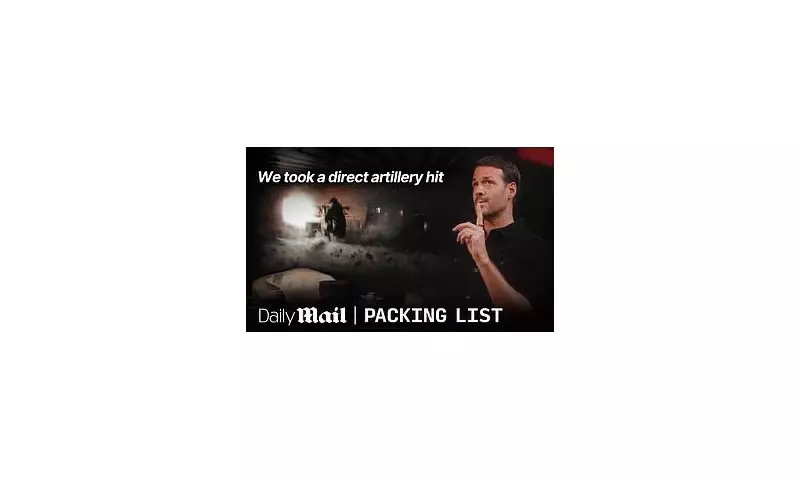
In a startling revelation that challenges conventional safety protocols, acclaimed war photographer Giles Duley has confessed to deliberately avoiding helmets while working in active conflict zones - despite suffering a significant brain injury during his career.
The Unprotected Eye
Duley, who has documented conflicts from Ukraine to Afghanistan, argues that protective headgear creates a psychological barrier between himself and the people he photographs. "When you're wearing body armour and a helmet, you're immediately identified as someone different," the photographer explains. "That separation makes it harder to capture the raw, intimate moments that define human experience in war zones."
A Price Paid in Trauma
The photographer's unconventional approach comes with serious consequences. Duley reveals he's suffering from a traumatic brain injury sustained during his work, along with complex PTSD. His most severe injury occurred in 2011 when he stepped on an improvised explosive device in Afghanistan, resulting in the loss of three limbs.
"The brain injury manifests in various ways," Duley shares. "Memory issues, concentration problems, and the emotional toll of PTSD are constant companions. Yet I believe the authenticity of my work depends on this vulnerable approach."
Capturing Humanity Amidst Chaos
Duley's methodology centres on building trust and connection with his subjects. He maintains that removing the visible symbols of protection allows him to:
- Establish genuine rapport with vulnerable communities
- Capture more intimate and truthful moments
- Bridge the gap between observer and participant
- Present a more human perspective on conflict
The Safety Debate
His stance puts him at odds with standard safety protocols for journalists in conflict zones. Most major news organisations mandate protective gear for correspondents and photographers operating in dangerous environments.
"I understand why organisations insist on safety equipment," Duley acknowledges. "But for me, photography isn't just about documenting events - it's about connecting with human stories. Sometimes that requires removing the barriers, both physical and metaphorical."
Living With Consequences
The photographer doesn't take his injuries lightly. He undergoes regular medical treatment and therapy to manage his conditions. "Every day is a negotiation with my limitations," he admits. "But the work gives purpose to the suffering. These stories need to be told, and they deserve to be told with authenticity."
Duley's approach continues to spark debate within photojournalism circles about the balance between safety and authenticity in conflict reporting.





